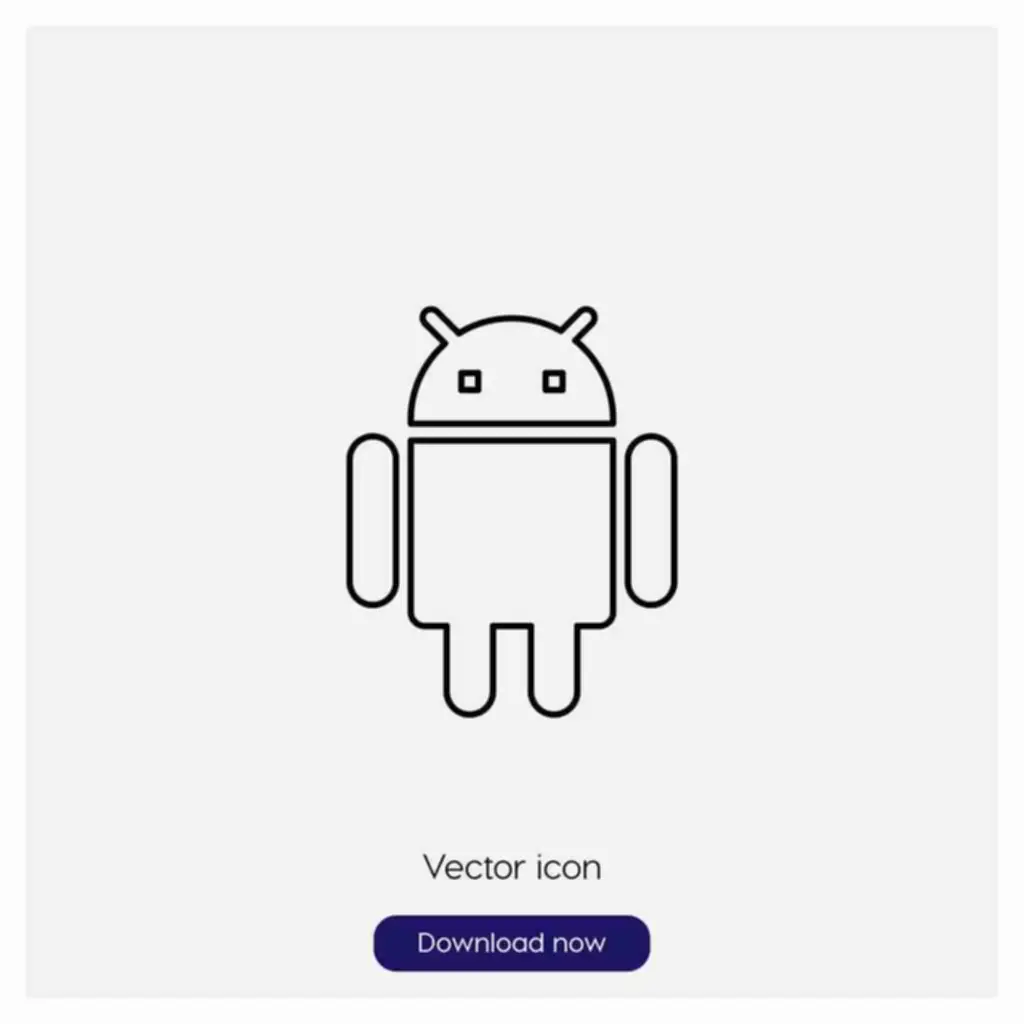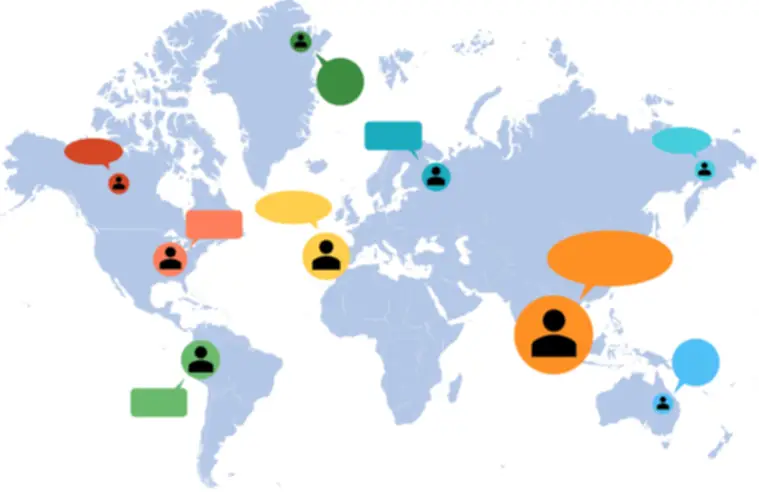The incremental mannequin is a software improvement methodology that can be used to build massive and complicated techniques by iteratively including new options based on the analysis of supply knowledge. It’s primarily based on the concept of including new options, or “increments,” to an existing system instead of building the entire factor from scratch directly. The iterative model is commonly more effective at reducing incremental development model time to value in the development process. This is because it provides a workable model of the software in the early stages of improvement.
Advantages And Downsides Of Incremental Model

The goal of each iteration is to provide a working model of the software program that can be tested and refined after evaluation. In software engineering, software development lifecycle (SDLC) fashions are the method or methodologies which are elected for the event of the software program product primarily based on the project’s aims and goals. The developed model will describe how the software program is to be developed for each iteration stage, as nicely as the processes to be adopted for the actualization of these stages. There are a couple of components to consider when choosing a mannequin for creating software program, including the organization’s nature, the impact on testing methodologies, and the objectives https://www.globalcloudteam.com/ to be met.

When To Use Iterative Development

Each stage’s performance is built upon the previously produced functionality, and this course of is repeated until the software is completed. Incremental development offers lots of the advantages of waterfall improvement whereas addressing some of its shortcomings. Like the waterfall model, incremental improvement is straightforward to grasp and handle. Each part within a build has clear, agreed-upon deliverables and a formal evaluate course of, and is accomplished earlier than the subsequent part begins. Like tasks developed using the waterfall methodology, initiatives that use the incremental methodology are normally properly documented.
Further Agile Glossary Terms
At this stage, business analysts and project managers collect functional necessities in addition to non-functional requirements from potential clients. The Iterative Enhancement Model creates an surroundings where improvement teams can more effectively adjust to altering requirements by segmenting the software program improvement process into smaller, extra manageable parts. Every iteration improves on the one earlier than it, including new features and fixing problems present in earlier levels. When creating safety-critical software program, every increment have to be fully working, totally tested, and validated before release (S26; S30). Thus, implementing an iterative, incremental lifecycle entails adopting an iterative and early testing course of. The most important verification-related follow in agile software program growth is test-driven improvement (S7).
Streamline Your Software Program Supply With Plutora!
Upon completion of coding, developers use the programming tools to compile and debug the new code to ensure that it really works properly. Having completed the requirement evaluation process, the team ought to acquire the entire project’s requirements in one doc. After gathering requirements, the Business Analyst (BA) converts them into technical requirements with the help of senior staff members such because the Subject Matter Expert (SME) and the group leader.
Iterative Vs Incremental Improvement
- After gathering requirements, the Business Analyst (BA) converts them into technical requirements with the assistance of senior team members such as the Subject Matter Expert (SME) and the group chief.
- If documentation isn’t correctly deliberate and baked into the process, you’re typically left with little to no documentation by way of your iterations.
- To handle the project as a whole, incremental processes begin with a rough requirement definition for the complete project.
This can imply that a project completed at “90%” is abruptly back the place it began [Royce90]. As the software program is developed, each new version is delivered to the customer website for testing and suggestions, which is taken into consideration to improve the version. Once the gathering and specification of the requirements are completed, the development course of is then separated into completely different versions.

After each successful increment, the following model is constructed after which on the customer site. When the method ends, the final version (version n) is now deployed on the customer client. Then he began constructing it and in the first iteration the first module of the appliance or product is completely ready and may be demoed to the purchasers. There are alternative ways of incorporating the incremental approach into our distributed framework. One approach could be for the sink to ballot every node for the most recent native ellipsoidal boundary at sure intervals.
Disadvantages Of The Incremental Mannequin
The linear construction of sequential fashions is believable and facilitates planning and communication of a project. Each activity of a project results in an outlined intermediate result, normally within the type of a document (e.g., a requirement specification) through the early phases. Sequential fashions are found in lots of areas of our lives (e.g., in (building) architecture) where the technical process is properly mastered. However, experiences gained up to now decades have shown that a sequential method is seldom appropriate for software improvement. The first launch of the applying may be missing in options, and users making an attempt out the applying in its preliminary phases may be dissatisfied by a scarcity of performance and by poor efficiency.
This process continues until the ultimate product of the positioning is totally refined and prepared for launch. The second iteration will be primarily based on the feedback retrieved from the primary iteration. This will help the team resolve the options needed in the new version and what they should discard. A team is tasked with creating a CMS that permits users to create, handle, and publish net content material. Developers write the code for the software components and combine it to create a working system.
The incremental and iterative growth course of can be difficult, however is really satisfying when carried out right. The major objective of iterative improvement is to enhance the standard of the product by allowing for more in-depth testing and suggestions. By growing and testing small parts of the product at a time, it is easier to determine and repair any problems or defects. This might help be sure that the ultimate product is excessive quality and meets person wants. In this preliminary phase, the event team works with stakeholders to outline and prioritize the requirements for the software.
Its improvement was iterative and involved frequent demonstrations to the fifth and 6th authors, who acted as product owners within the development process. The implementation of a basic person interface was the goal for the primary half of the project, the objective being to develop a primitive means of adding emotional responses to Trello playing cards. This cycle of growth had an emphasis on user-friendliness, aesthetics, and guaranteeing emotions might be added to any card.
Often, a hybrid approach combining each methods is efficient, offering the benefits of both fashions. Ultimately, the choice should be based on elements like project size, client preferences, and group experience, guaranteeing a technique that aligns with the project’s goals. Tucked within that architectural reserve can be the time the staff must attend to “tech debt.” During the development iterations, there might be tales that do not quite get carried out. Some modules may have small defects that appear when the deliverables are examined by the product owner.
Teams are continually planning to revisit parts of the system to improve them primarily based on consumer suggestions. Each cycle is intended to convey the solution closer to completion and is at all times a collaborative course of. Iterative and incremental development are two approaches to software development that emphasize flexibility, adaptability and continuous improvement.
